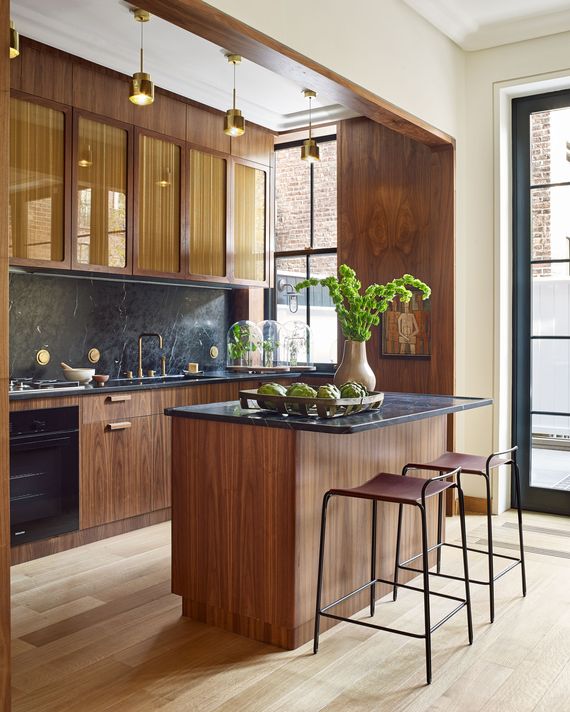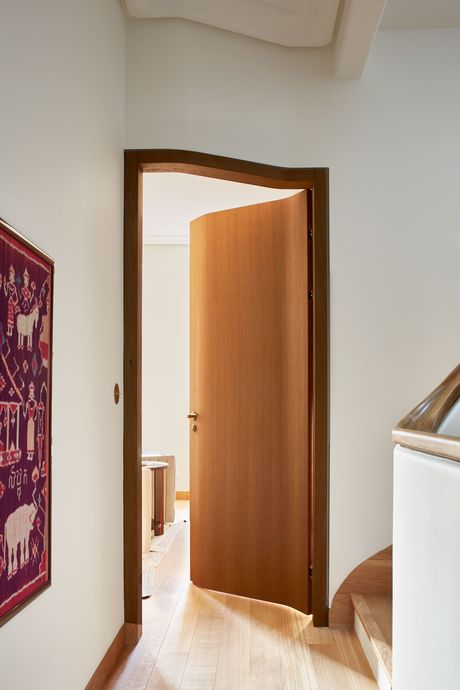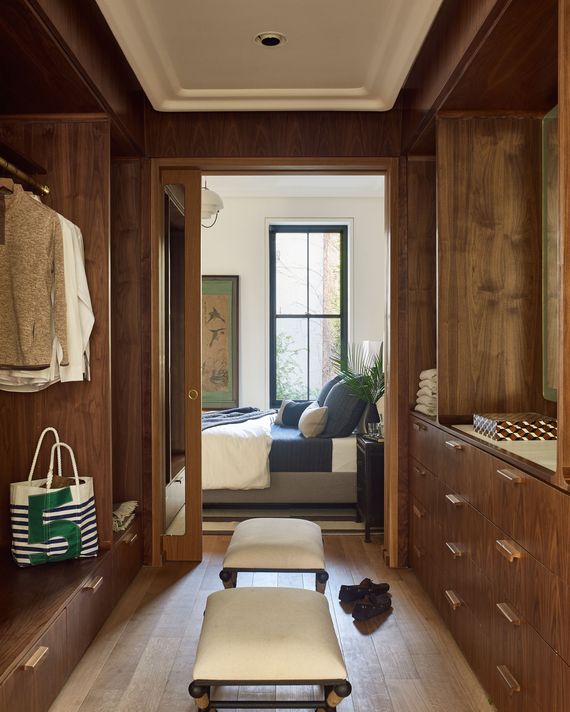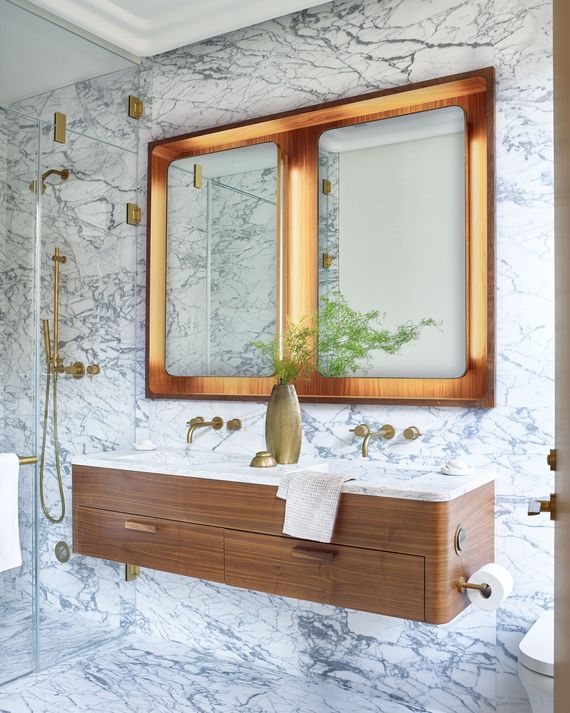Tour a Neo-Moderne Reinvention of a Derelict Village House
[ad_1]
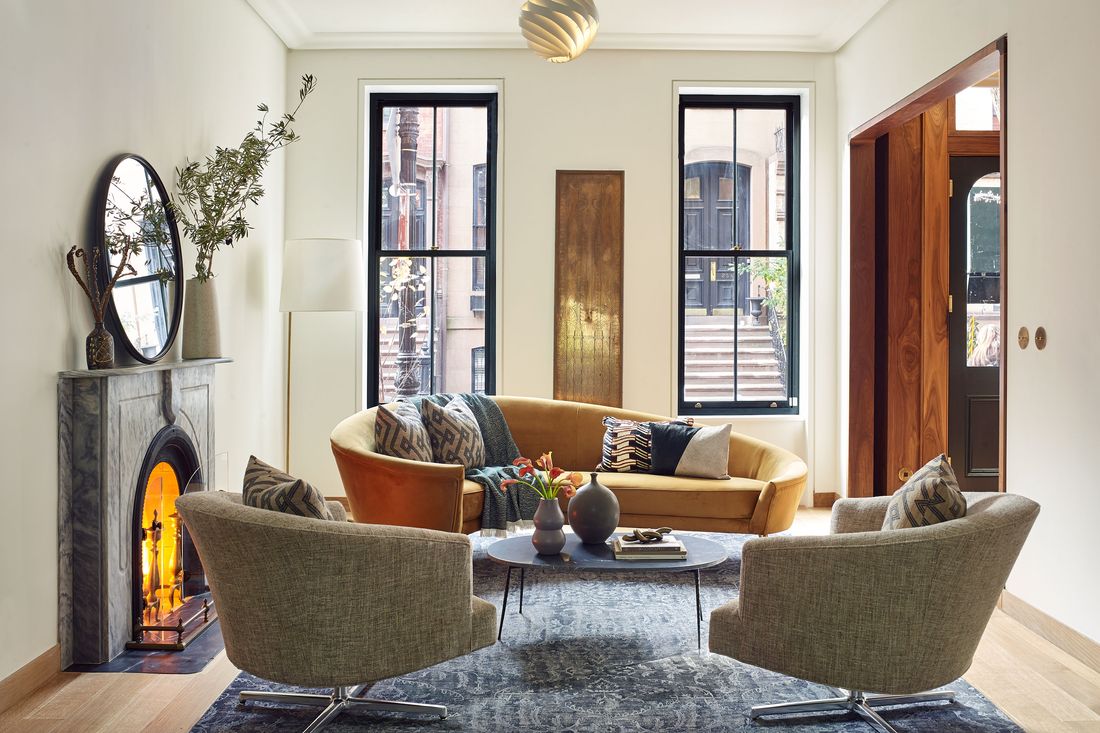
The Living Room
Photo: Tria Giovan
“We really did have to take a holistic view towards it because it was so destroyed,” Craig Wood says of the 1870 West Village townhouse he bought, in great disrepair, right before the pandemic. He soon discovered that it was last renovated in the 1940s and the former owner had lived there up until about a decade ago, but nobody had since. When he died, his family sold it.
It was a rare find: There’s not much that’s still a bit run-down in the Village anymore these days, and Wood was determined to polish it up to a modern luster. He enlisted Paris-based architect Sebastien Segers, who’d previously worked for Jean Nouvel and Marc Newson. In 2003, Segers went out on his own. He later designed the interiors of two condo projects in the city for Cape Advisors, Wood’s development firm, and was brought onboard to reinvent this house.
“There had been leaks everywhere and lots of water damage,” Segers says. But he says he “fell in love with the house,” in part because of a sense of déjà vu when he first walked in. “It immediately connected me to the house I lived in when I was in high school, because the layout, size, and style of it is very similar to the townhouses in Brussels; it was very similar to the house I lived in, really to within a few inches.” Segers was born in Burundi and spent his early childhood in East and West Africa, moving houses every 18 months as his father worked for the United Nations.
“I wanted to keep the spirit of the house, and instead of completely rethinking the space, I wanted to pay tribute by keeping the original layout as much as possible,” he says. “Style-wise, the idea was to reinterpret the detailing of that period, so we reintroduced new details inspired by what had existed.”
Walnut paneling runs throughout the house. Instead of copying the plaster crown molding used in 19th-century townhouses, Segers says, “we created a new kind of ceiling molding with a simpler, more curved shape, inspired by aviation and nautical design.”
He also replaced the traditional staircase, which ran along one side of the house, with one intersecting the middle of each floor. “Now it’s U-shaped, so it returns on itself. So now when you enter the house, you have to go into the living room to enter the stairs.”
It also led to his designing an S-curve door — which he’s in the process of patenting — to accommodate the uneven wall space on either side of the opening to the bedroom owing to the design of the staircase. “It’s not a styling exercise,” he explains. “It came from the function, so on the left of the door, the position of the wall was dictated by the stairs to be grand enough to go up and down easily.”
For now, Wood has been renting it.
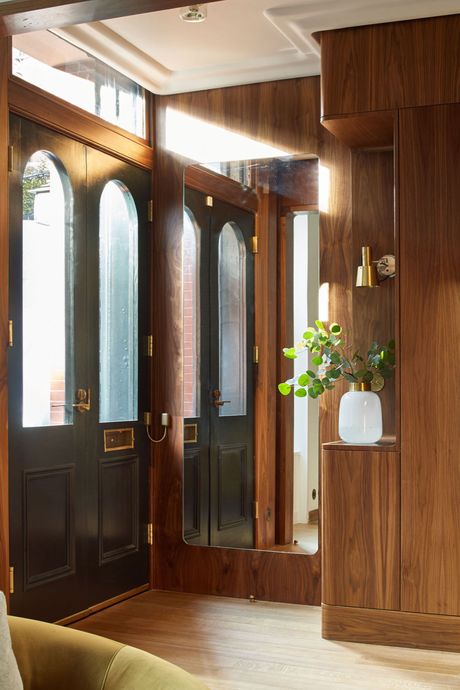
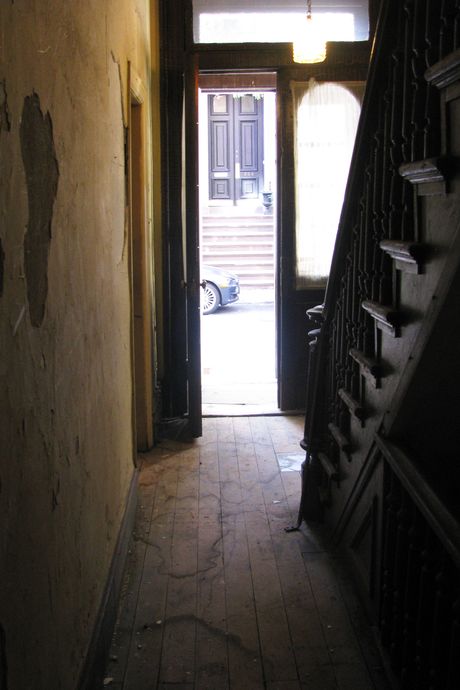
The Foyer: Before. The front door opened into the traditional closed-off hallway with a stairway going straight up.
After: “The entrance is completely paneled in walnut,” Segers says. “So you feel the warmth of the house. I always put a mirror in the entrance, because when you come in from the street, you are loaded with energy; the mirror helps continue the flow of the energy.” From left: Photo: Tria GiovanPhoto: Cape Advisors
The Foyer: Before. The front door opened into the traditional closed-off hallway with a stairway going straight up.
After: “The entrance is completely …
The Foyer: Before. The front door opened into the traditional closed-off hallway with a stairway going straight up.
After: “The entrance is completely paneled in walnut,” Segers says. “So you feel the warmth of the house. I always put a mirror in the entrance, because when you come in from the street, you are loaded with energy; the mirror helps continue the flow of the energy.” From top: Photo: Tria GiovanPhoto: Cape Advisors
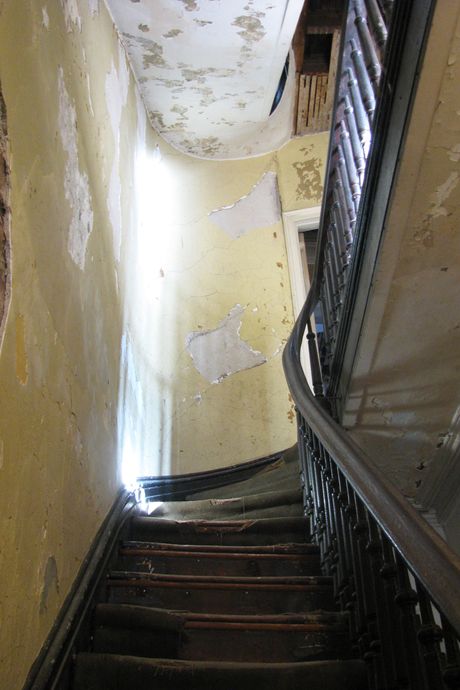
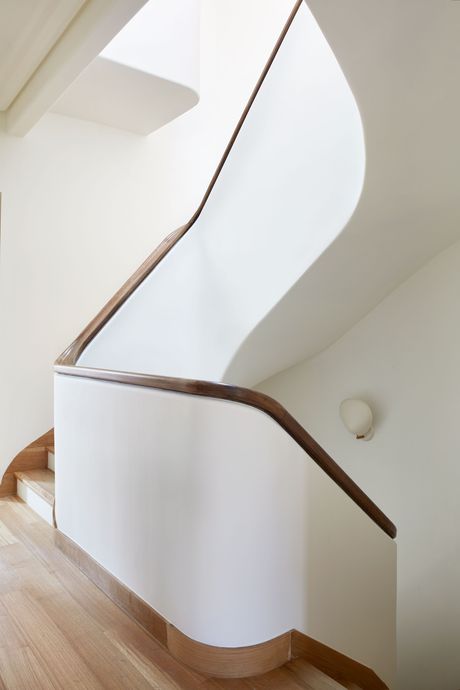
The Staircase: Before: Typically, the stairs in 19th-century townhouses greeted you as you entered the front door as they snaked up one side of the building.
After: Segers designed a staircase to be an architectural feature unifying the floors. From left: Photo: Cape AdvisorsPhoto: Tria Giovan
The Staircase: Before: Typically, the stairs in 19th-century townhouses greeted you as you entered the front door as they snaked up one side of the bu…
The Staircase: Before: Typically, the stairs in 19th-century townhouses greeted you as you entered the front door as they snaked up one side of the building.
After: Segers designed a staircase to be an architectural feature unifying the floors. From top: Photo: Cape AdvisorsPhoto: Tria Giovan
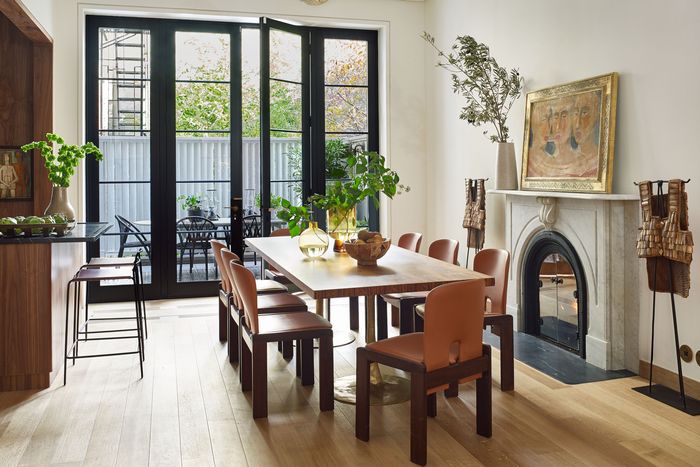
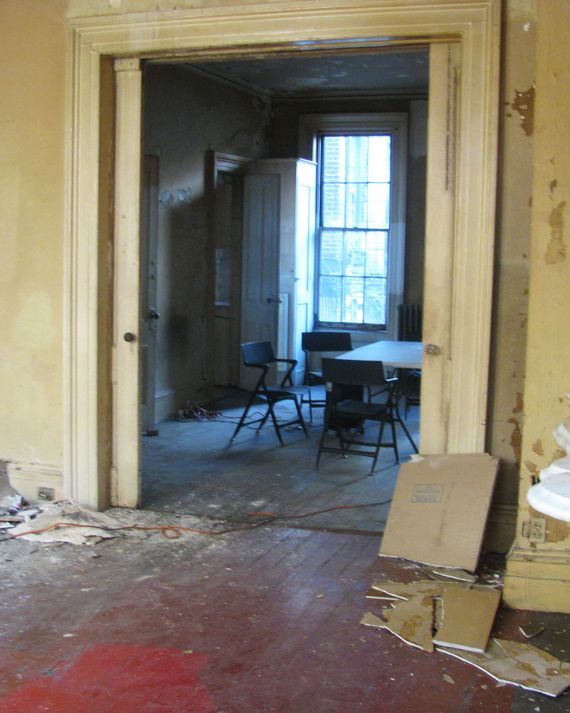
Upstairs Rooms: Before: The owner hadn’t been living here for a decade.
After: The open kitchen/dining/living room now has a terrace off the dining area. The fireplaces were refurbished with the original mantels when possible. The new floors are oakwood. From left: Photo: Cape AdvisorsPhoto: Tria Giovan
Upstairs Rooms: Before: The owner hadn’t been living here for a decade.
After: The open kitchen/dining/living room now has a terrace off the dining are…
Upstairs Rooms: Before: The owner hadn’t been living here for a decade.
After: The open kitchen/dining/living room now has a terrace off the dining area. The fireplaces were refurbished with the original mantels when possible. The new floors are oakwood. From top: Photo: Cape AdvisorsPhoto: Tria Giovan
Photo: Tria Giovan
Door to Main Bedroom: Segers designed the S-curve door to accommodate the uneven wall space on either side of the opening owing to the design of his staircase. “I could have put the door on an angle, but then there wouldn’t be enough clearance space in front of the stairs, then I had the idea of using a double curve called the S-curve.” And in order not to reduce too much space in the bedroom, he moved the right wall.
Photo: Tria Giovan
The Main Bedroom: View is through the walk-in closet. Note the sleek ceiling molding.
Photo: Tria Giovan
The Bathroom: Segers designed the bathroom with a cantilevered double-sink vanity and backlit mirrors that give the wood frames a golden glow.
Photo: Tria Giovan
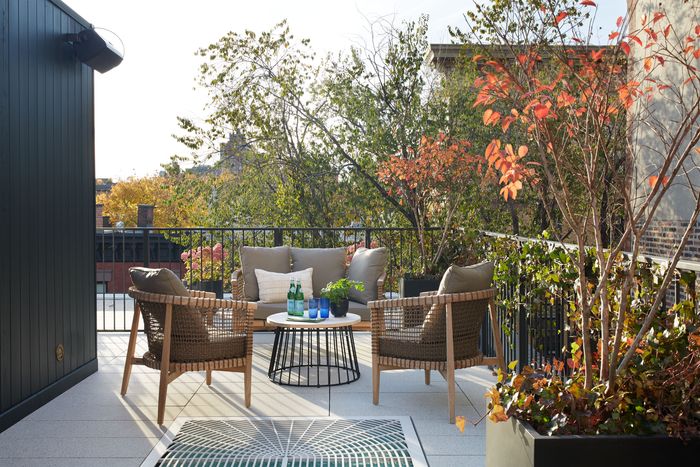
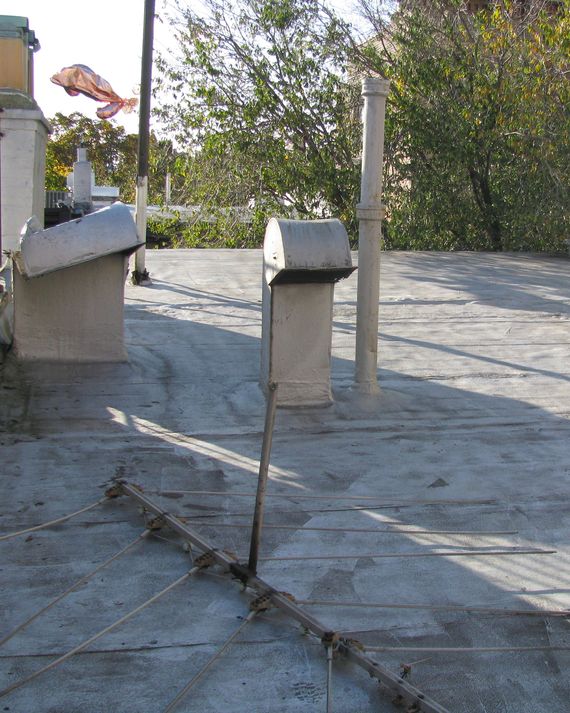
The Roof: Before: The tar-beach rooftop was cleared for a roof-deck.
After: The grill covers the skylight for easy traversing but still lets in the light. The stairs were extended all the way up to the roof, replacing the former spindly vertical ladder, where you now end up in the wood structure on the left that opens to the roof-deck. From left: Photo: Cape AdvisorsPhoto: Tria Giovan
The Roof: Before: The tar-beach rooftop was cleared for a roof-deck.
After: The grill covers the skylight for easy traversing but still lets in the lig…
The Roof: Before: The tar-beach rooftop was cleared for a roof-deck.
After: The grill covers the skylight for easy traversing but still lets in the light. The stairs were extended all the way up to the roof, replacing the former spindly vertical ladder, where you now end up in the wood structure on the left that opens to the roof-deck. From top: Photo: Cape AdvisorsPhoto: Tria Giovan
See All
[ad_2]
Source link

